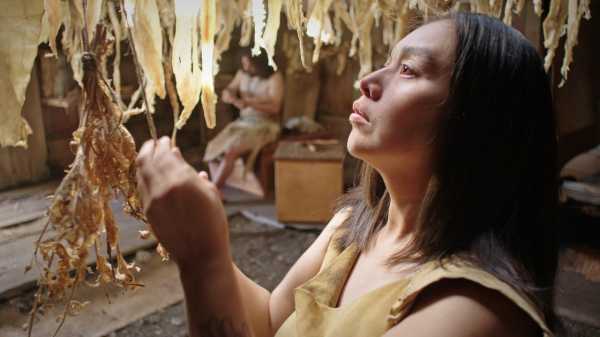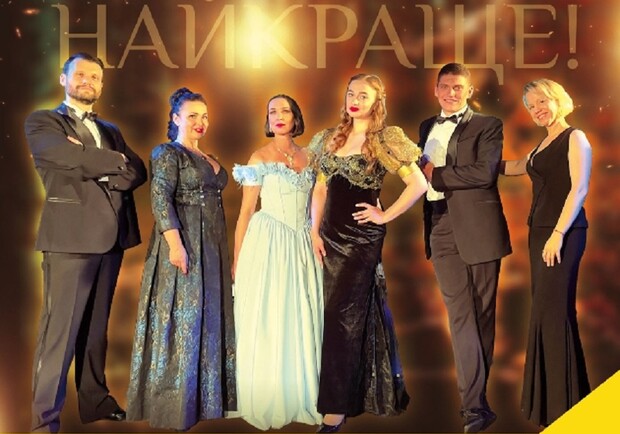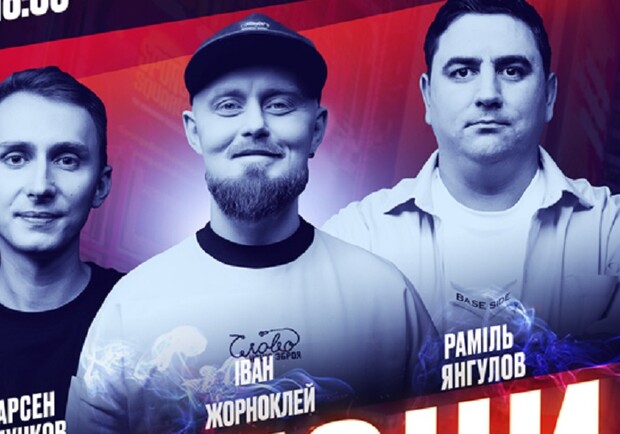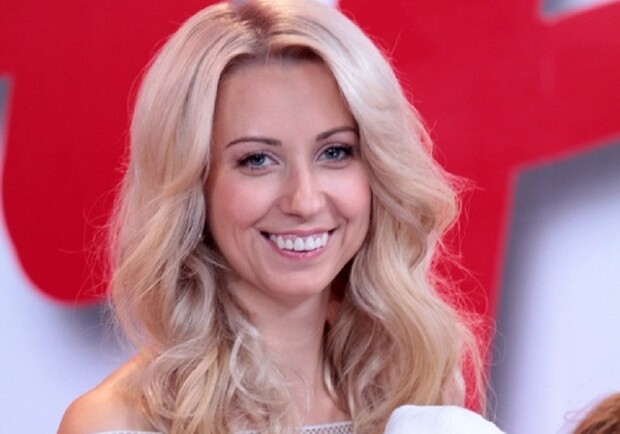
In an early scene of “SG̲aawaay Ḵ’uuna” (“Edge of the Knife”), a group of women sits beside racks of drying halibut, which hang like streamers in the dim interior of a longhouse. The women smoke leaves of tobacco and weave dried bark. They chatter and chuckle. “Who was I long ago?” one woman asks. She is young, with a large copper nose ring, and she directs the question to her naan, or grandmother. Her naan, played by Jane Kristovich, a ninety-one-year-old elder and one of the last remaining fluent speakers of the northern Haida dialect, takes a long drag from her pipe. “You don’t even want to know,” she says. The other women laugh, their voices bouncing off the walls.
For most viewers, this warm exchange offers a glimpse into a small, unfamiliar community. But, for the film industry, the scene is historic. It’s the first time a motion picture has captured the language and culture of the indigenous peoples of Haida Gwaii, a densely forested archipelago off the west coast of Canada. On screen, the ladies’ banter brings to life a Native tongue that has fewer than twenty-four fluent speakers, though many Haida have a basic grasp of the language.
For decades, elders, activists, and linguists have sought to save North America’s indigenous languages, of which about a hundred and sixty-five remain. (There were around three hundred spoken on the continent when Europeans first arrived.) In recent years, film has proved especially fertile ground for this work. In 2001, “Atanarjuat” (“The Fast Runner”), the first feature film written, directed, and acted in Inuktitut, the eastern Inuit dialect, was released. Since then, “Star Wars” and “Finding Nemo” have been dubbed in Navajo, and many films—including animated shorts by the Cherokee director Joseph Erb and features by the Seminole-Muscogee director Sterlin Harjo—have been shot, at least partially, in indigenous languages.
Originally, these films were meant to bolster language preservation. Over time, though, they have created a new community of indigenous artists, who have begun to share questions about form, audience, and access. Among these are questions about the politics of applying intellectual-property regimes to indigenous art and culture, the accuracy of labelling legends as nonfiction, the appropriateness of dubbing animated characters who are also spiritual beings, and the implications of nominating indigenous movies for foreign-language-film awards. These filmmakers work in a variety of modes: some of them shoot live-action movies; some create animations; others dub Hollywood classics. But all of their work goes beyond mere preservation. Onscreen, they are giving new life to dying tongues.
“SG̲aawaay Ḵ’uuna” is an especially strong example of this. The film premièred in 2018, at the Toronto Film Festival, but it first took shape six years ago, in planning workshops led by the Council of the Haida Nation, a governing body that unites northern and southern Haida communities. Those meetings set out early guidelines for the film: the screenplay would include southern, northern, and Alaskan Haida dialects equally, for example, and the story would showcase Haida culture from the eighteen-hundreds, before European settlement. During this process, community leaders selected a script written by Graham Richard and one by the brothers Gwaai and Jaalen Edenshaw. They were then asked to create a new one together. Gwaai, a Haida carver, was also asked to direct, along with Helen Haig-Brown, an experienced filmmaker and member of the Tsilhqot’in First Nation. The film was executive-produced by a company called Isuma, which is owned by the creators of “Atanarjuat.”
“SG̲aawaay Ḵ’uuna” adapts the Haida folktale of Gaagiixiid, a “wildman” caught between our world and a supernatural one. The tale of Gaagiixiid is a cultural touchstone, a story of sin and redemption, traditionally performed at winter potlatch ceremonies, in which the Haida share songs, dances, and gifts. The movie itself opens with a beloved boy, Gaas, being drowned because of the negligence of his uncle, Adiit’sii, who is driven to madness by shock and guilt. Adiit’sii retreats into the forests of Haida Gwaii, where he seeks refuge from censure and shame. In the wild, he loses his ability to speak and becomes the wildman of lore. His face comes to mirror the Gaagiixiid masks made by Haida masters—wide, crazed eyes, swollen lips, the spines of a sea urchin protruding from his cheeks. After he spends a winter in the forest, the Haida capture Gaagiixiid and try to convert him back to Adiits’ii. Justice entails restoring his humanity and his place among them.
To give the story its due, the directors felt that every aspect of the film should remain true to Haida custom. Elders fluent in northern and southern Haida dialects revised dialogue and coached actors in pronunciation. Haida women wove traditional hats and capes from red cedar to outfit the cast. The Haida Gwaii Museum served as a prop shop, providing artifacts from its collection, and after full days on set Gwaai often stayed up to carve a Gaagiixiid mask from yellow cedar, to be used in the film. Red-cedar longhouses were erected at the site that was home to the ancestral village of Yaan until 1862, when it was decimated by smallpox. Even when cameras weren’t rolling, the all-Haida cast honored their culture, singing songs daily.
This, of course, is the power of film: to create the world anew. During production, the set became a site of connection. Two of the biggest troublemakers on set, according to the cast, were Kristovich and her sister Delores Churchill, age eighty-nine, who helped anchor the early scene of Haida women passing time in the longhouse. The siblings grew up speaking the Haida language with their parents and community elders. When she was seven, Kristovich was taken to a residential school in Coqualeetza, situated sixty miles from Vancouver and hundreds of miles away from Haida Gwaii. At the school, she was punished for speaking her language. She moved to the United States in her twenties and, afterward, rarely saw her sister or spoke Haida.
This changed during filming. The sisters shared a tent and were inseparable, constantly joking in their mother tongue. Churchill, unlike her sister, was one of the few Haida of her generation who did not attend residential school. A master weaver, she started making baskets when she was five years old, and she has taught the craft to others in the community, including Kristovich’s daughter. But Churchill believes that language is the most important aspect of Haida culture. “Other people can copy our art,” she told me, “but when it comes to our language—our language is what identifies us to everybody else.” Today, the sisters call each other daily, and talk in Haida.
Films like “SG̲aawaay Ḵ’uuna” transport indigenous traditions from set to community with surprising speed. Benjamin Young, who, at thirty-three, is the youngest proficient Haida speaker in the world, consulted on the film and then, after production, founded a language-immersion school in Hydaburg, Alaska. “Film is the most valuable medium that we have out there, the most attractive, the one that really sticks,” Young said. “I think any youth, especially Haida youth, that sees their language being spoken on a feature-length film—that will affirm their identities and empower them to speak.” Young and other teachers hope that “SG̲aawaay Ḵ’uuna” will engage students in a way that books cannot. Meanwhile, the Edenshaw brothers are working on a lexicon for Haida cultural criticism. Its vocabulary will focus on Haida visual arts, like wood carving, but Gwaai believes that the concepts could easily be applied to film, too. “We have words for most of the technical terms that you’d find in the art,” he said. “Now it’s just a matter of running the gauntlet of elders and linguists in the community to make sure that we are correct.”
“SG̲aawaay Ḵ’uuna” was acclaimed by both Haida and general audiences, and the success of indigenous films has inspired others to make more. Haig-Brown is working on a script in the Tsilhqot’in language. The filmmaker Andrew Okpeaha MacLean, who was inspired to enroll in film school after watching “Atanarjuat,” is working on his second narrative feature, “Qimmit” (“The Dogs”), which will incorporate the Iñupiaq language. The fact that many of these languages are dying infuses this small cinematic renaissance with an existential imperative. “In the academic space, the language survives,” MacLean said. “In the cultural space, the language lives.”
Talking with MacLean, I thought of my kyé7e (grandmother, pronounced “kya-ah”), who teaches Secwépemc, an indigenous language with about two hundred fluent speakers, most of them over the age of fifty. As a child, she was taken from her family and transported in the bed of a cattle truck to the St. Joseph’s Indian Residential School, where, like Kristovich, she was punished if she so much as whispered in her mother tongue.
But Kyé7e held onto the words of our ancestors. In her living room, in British Columbia, I learned to speak Secwépemc from a spiral-bound workbook. Kyé7e taught me to wrap untrained cheek, tongue, and throat muscles around vowel-less syllables. She led me through exercises. Some afternoons, her sister would come over. They would cackle like the Haida women in “SG̲aawaay Ḵ’uuna,” while I grasped at bits and pieces of their conversation. Recently, I called Kyé7e, who was ill and laid up in bed, to tell her that I missed her. I told her about “SG̲aawaay Ḵ’uuna” and the new wave of indigenous-language films. Then I asked if we could make our own film. She sighed and said, “Oh, that sounds like a lot of work.”
Sourse: newyorker.com




